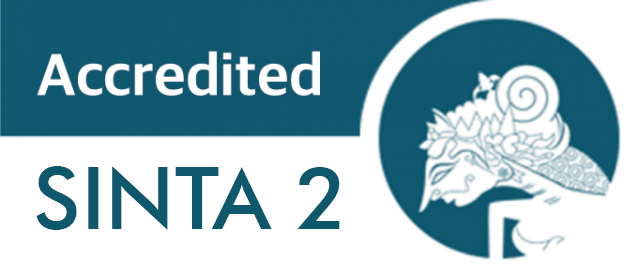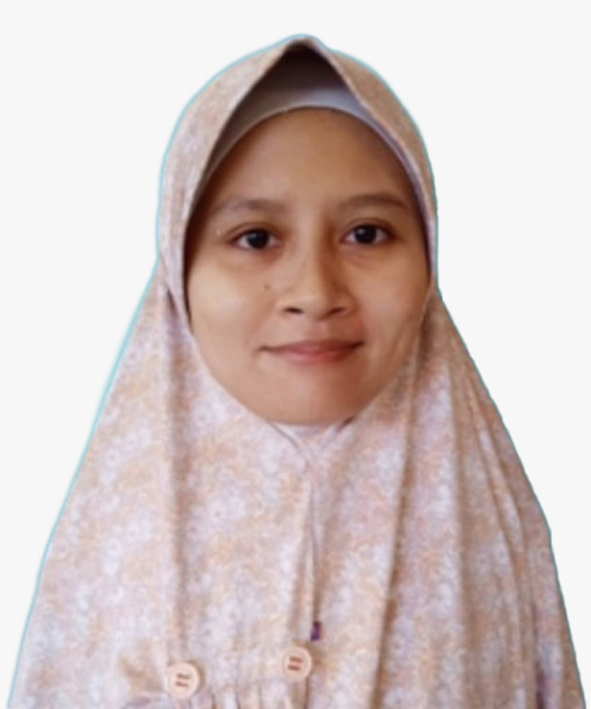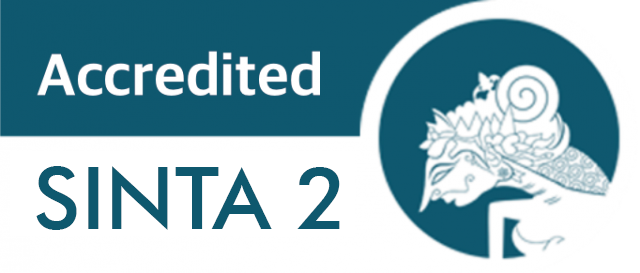Relationship Between Childhood Maltreatment With Levels of Depression On Street Children in Surabaya
Downloads
Introductions: Childhood maltreatment is any form of violence or neglect that occurs against children under the age of 18. Street children are a group that is vulnerable to violence because their activities, for which they spend a lot of time on the streets, make it easier for them to experience violence from both adults and fellow students. One of the impacts can cause mental health disorders, one of which is depression. Objective: Analyze the relationship between childhood maltreatment and levels of depression in street children in Surabaya. Methods: A cross-sectional analytical study was conducted on 43 street children from Surabaya City, East Java, Indonesia. Subjects were selected through two stages, namely using the Children's Depression Inventory (CDI) and the International Child Abuse Screening Tool for Children (ICAST-C) to assess depression and childhood maltreatment. Data analysis using chi-square. Results: The results of the study showed that of the 43 respondents, 18 children experienced childhood maltreatment and 31 children experienced moderate depression. The results of the analysis of the relationship between childhood maltreatment and depression levels showed a p-value of 0.481. Conclusion: Childhood maltreatment is not related to the level of depression in street children in Surabaya.
Copyright (c) 2024 Een Permata Sari, Izzatul Fithriyah, Lilik Djuari, Dhira Salsabila

This work is licensed under a Creative Commons Attribution-ShareAlike 4.0 International License.
1. Copyright of this journal is possession of the Author, by the knowledge of the Editorial Board and Journal Manager, while the moral right of the publication belongs to the author.
2. The journal allows the author(s) to retain publishing rights without restrictions.
3. The articles are published under a Creative Commons Attribution Share-Alike (CC BY-SA) license. Many research funding bodies prefer the CC BY-SA license because it allows for maximum dissemination and re-use of open access materials. Users are free to share (copy, distribute, and transmit) and remix (adapt) the contribution under this license, including for commercial purposes, as long as they attribute the contribution in the manner specified by the author or licensor.




























